For two centuries, Case Western Reserve has been a leader in education, research and advancing humanity. Travel through time and explore key periods in CWRU history. We’ll continue to expand the timeline throughout the bicentennial.
- 1826
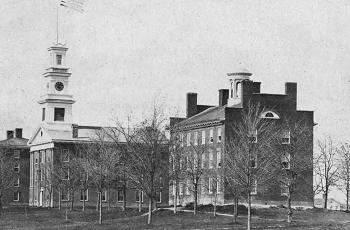 Founding of Western Reserve College in Hudson, Ohio
Founding of Western Reserve College in Hudson, OhioWestern Reserve College was founded in 1826 in Hudson, Ohio, about 30 miles southeast of Cleveland. The college–the first in Northern Ohio–took its name from the surrounding region, known at that time as the Western Reserve of Connecticut.
- 1843
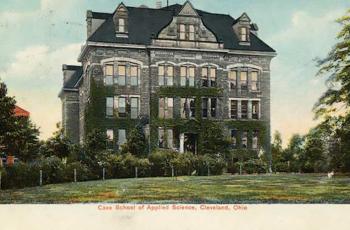 The Civil War
The Civil WarCase Western Reserve’s first chapter played out against the backdrop of the Civil War and reconstruction, and was characterized by a medical college that defied norms by admitting women and the drafting of the University Circle blueprint.
- 1880
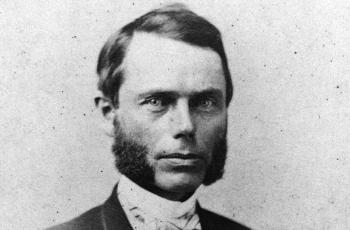 Founding of Case School of Applied Science in Cleveland, Ohio
Founding of Case School of Applied Science in Cleveland, OhioCase School of Applied Science was established in 1880 in Cleveland, Ohio, thanks to a monumental gift from Leonard Case Jr., who had initiated a secret trust. The founding would come just ahead of Western Reserve’s relocation.
- 1882
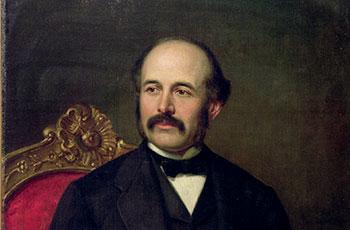 The Move to Cleveland
The Move to ClevelandWestern Reserve College made its historic move from Hudson, Ohio, to Cleveland in 1882. Funding from industrialist Amasa Stone propelled the institution to its new location, where it took on the name Western Reserve University.
- 1887
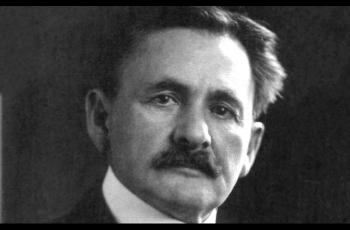 The Michelson-Morley Experiment
The Michelson-Morley ExperimentThe Michelson-Morley experiment united researchers from Case School of Applied Science and Western Reserve University. It proved that the speed of light is constant in all directions and debunked the existence of the “luminiferous aether,” through which scientists previously believed light traveled.
- 1888
 Founding of the College for Women
Founding of the College for WomenWestern Reserve University abandoned coeducation and established the College for Women in 1888. It was renamed as Flora Stone Mather College for Women in 1931, in honor of Amasa Stone's daughter—a philanthropist in her own right and one of the college’s earliest supporters.
- 1890
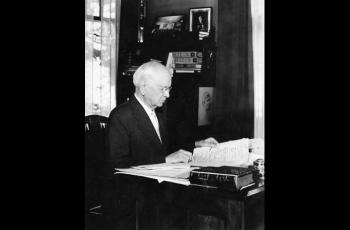 Thwing’s Leadership
Thwing’s LeadershipCharles Franklin Thwing’s presidency at Western Reserve University defined the next chapter of its shaping through expansion of its faculty and physical space, while Case School of Applied Science found its footing.
- 1925
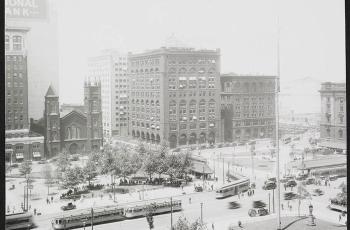 Founding of Cleveland College
Founding of Cleveland CollegeThe two schools came together in the establishment of Cleveland College. Initially sponsored by both Western Reserve University and Case School of Applied Sciences, it offered non-credit adult education along with evening classes for credit for working professionals.
- 1939
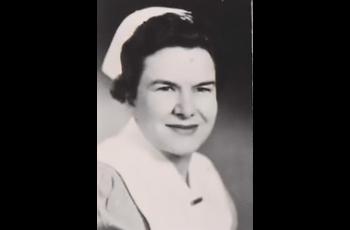 World War II
World War IIBoth Case School of Applied Science and Western Reserve University saw students ship out to serve in World War II and adapt under its impact on medicine, science, research and student life.
- 1945
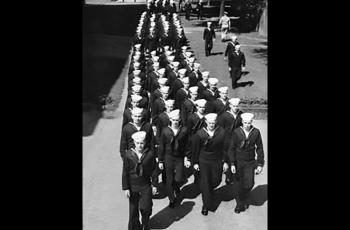 After the War
After the WarAmerica regrouped following World War II and students returned to campus from the battlefield.
- 1947
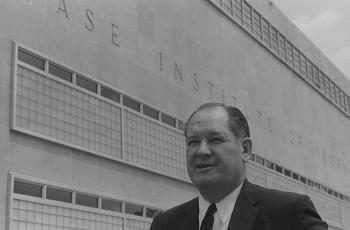 Glennan’s Leadership
Glennan’s LeadershipT. Keith Glennan introduced a new focus on the humanities for Case Institute of Technology students during his presidency. He later played an integral role in the federation of Case Western Reserve University.
- 1961
 Looming Federation
Looming FederationPressure for the two institutions to merge increased, but the two campuses expanded away from each other—Western Reserve University to the north and Case Institute of Technology to the south.
- 1966
 The Heald Commission
The Heald CommissionThe Heald Commission formed in 1966 to investigate the possibilities for closer cooperation between Case School of Applied Science and Western Reserve University. Trustees of both institutions recommended the establishment of a federated university on Dec. 23 of that year.
- 1967
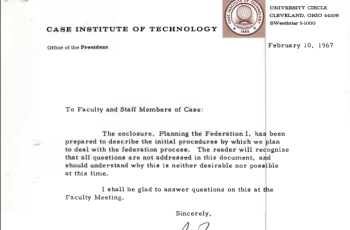 Planning the Federation I
Planning the Federation IThe report, Planning the Federation I, was released on Feb. 10, 1967, describing the necessary initial procedures for moving the federation forward. Federation combined resources, made lasting research impacts and reshaped the University Circle community. It also left a bitter taste in the mouths of many along the way.
- 1967
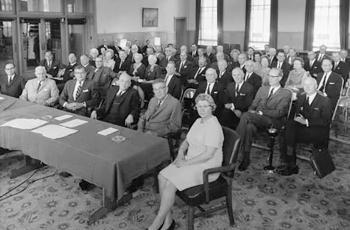 The Agreement of Consolidation
The Agreement of ConsolidationThe trustees of Western Reserve University and Case Institute of Technology ratified the Agreement of Consolidation on June 1, 1967.
- 1967
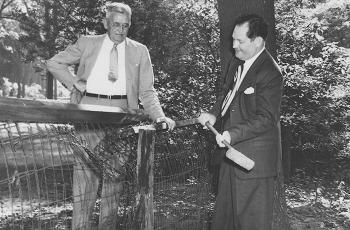 Federation
FederationOnce separated by a fence, Case Institute of Technology and Western Reserve University made a commitment, made official on July 1, 1967, after decades of rivalry and often reluctant partnership.
- 1968
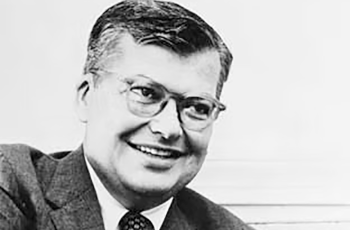 Emerging From Federation
Emerging From FederationAs the first president of the newly federated Case Western Reserve University, Robert W. Morse assumed leadership of an institution that had become one of the most powerful and resourced in the nation, quite literally overnight. But there was still healing to do.
- 1970
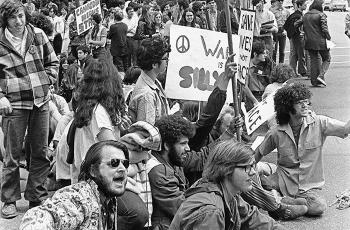 Students Speak Out
Students Speak OutStudent activism captured the country’s attention, and Case Western Reserve’s population left its own mark on the national conversation about the Vietnam War, continuing racial tensions in the country and other issues.
- 1971
 Consolidation of Adelbert, Flora Stone Mather and Cleveland College
Consolidation of Adelbert, Flora Stone Mather and Cleveland CollegeAdelbert College, Flora Stone Mather College for Women and Cleveland College consolidated in 1971 under President Louis A. Toepfer’s leadership—taking the familiar name of Western Reserve College in 1973.
- 1987
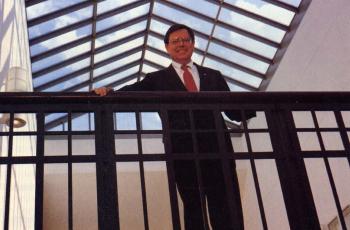 Pytte’s Leadership
Pytte’s LeadershipThe leadership of President Agnar Pytte produced new undergraduate divisions, the Case School of Engineering and the College of Arts and Sciences—shaping Case Western Reserve University’s new identity in the ongoing post-federation process.
- 1989
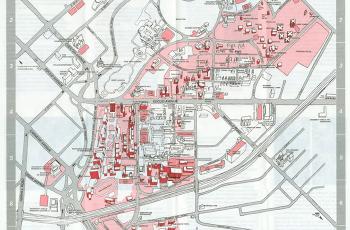 First Campus Master Plan
First Campus Master PlanPytte launched the first campus master plan in 1989. The university completed $325 million in capital projects during his tenure, including what is now the Jack, Joseph and Morton Mandel School of Applied Social Sciences, Kelvin Smith Library, and more.
- 1991
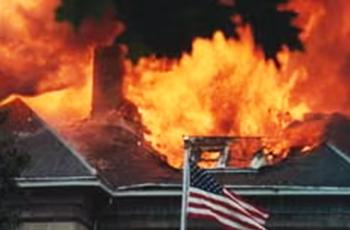 The Adelbert Hall Fire
The Adelbert Hall FireAdelbert Hall caught fire in June of 1991; it took 60 firefighters and 10 trucks from three Cleveland Fire Department battalions to extinguish the blaze. A restoration came to an end in 1993.
- 2002
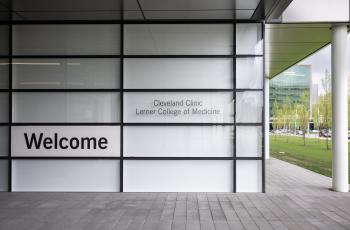 Continuing a Partnership with Cleveland Clinic
Continuing a Partnership with Cleveland ClinicA $100 million gift from Al and Norma Lerner set the foundation for the opening of the Cleveland Clinic Lerner College of Medicine program within Case Western Reserve University School of Medicine. The partnership provides full tuition for admitted students pursuing careers as physician investigators.
- 2007
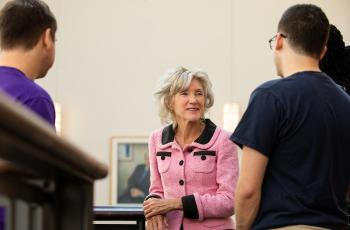 Snyder’s Leadership
Snyder’s LeadershipBarbara R. Snyder became the university's first woman president. Her leadership helped quell the continued growing pains from the decades-old federation and set CWRU on a positive trajectory in enrollment, fundraising and more.
- 2019
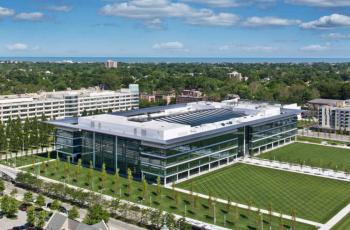 Opening of the Health Education Campus
Opening of the Health Education CampusA hub for collaboration across the health sciences, the Health Education Campus of Case Western Reserve University and Cleveland Clinic brings together students from the School of Dental Medicine, the School of Medicine and the Frances Payne Bolton School of Nursing.
- 2020
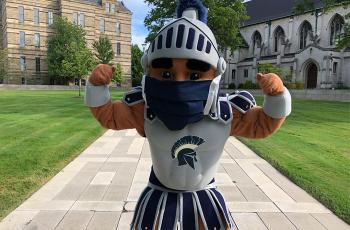 COVID-19
COVID-19Learning moved from the lecture hall to the video call during the COVID-19 pandemic. Students at Case Western Reserve and at institutions around the world, adapted to the new normal.
- 2020
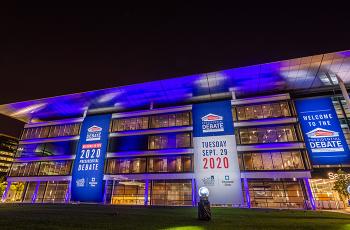 First 2020 Presidential Debate on Campus
First 2020 Presidential Debate on CampusAmid the unprecedented circumstances of the COVID-19 pandemic, the university hosted the first 2020 Presidential Debate between President Donald Trump and then-candidate Joe Biden.
- 2021
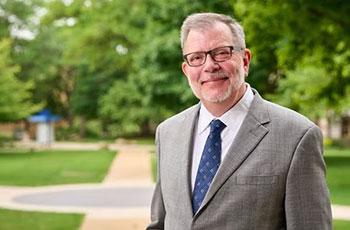 Kaler’s Leadership
Kaler’s LeadershipAs students returned to campus amid the pandemic, Eric W. Kaler became president. His leadership is centered on three priorities: Elevating our academic excellence, significantly expanding our research and engaging our community more effectively.
- 2024
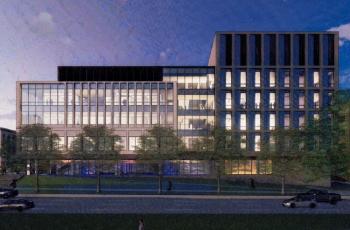 ISEB
ISEBSupport for the construction of the Interdisciplinary Science and Engineering Building was on display for the ceremonial groundbreaking for the largest-ever Case Quad addition.

